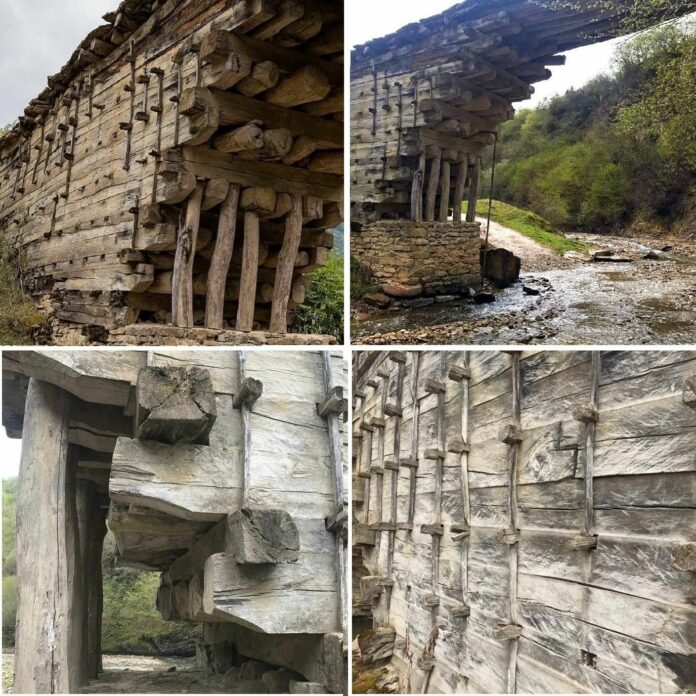Nestled in the picturesque landscape of Dagestan, a remarkable wooden bridge near the village of Gulli (also known as Juli) has captured the imagination of locals and historians alike. Despite its alleged age of just 200 years, this bridge is shrouded in mystery, with many believing it to be up to 700-800 years old. What makes this bridge particularly fascinating is not just its longevity, but the fact that it was constructed without a single nail, using only wood and stone. This article explores the extraordinary story behind this architectural marvel and its continued resilience.
A Bridge Shrouded in Mystery
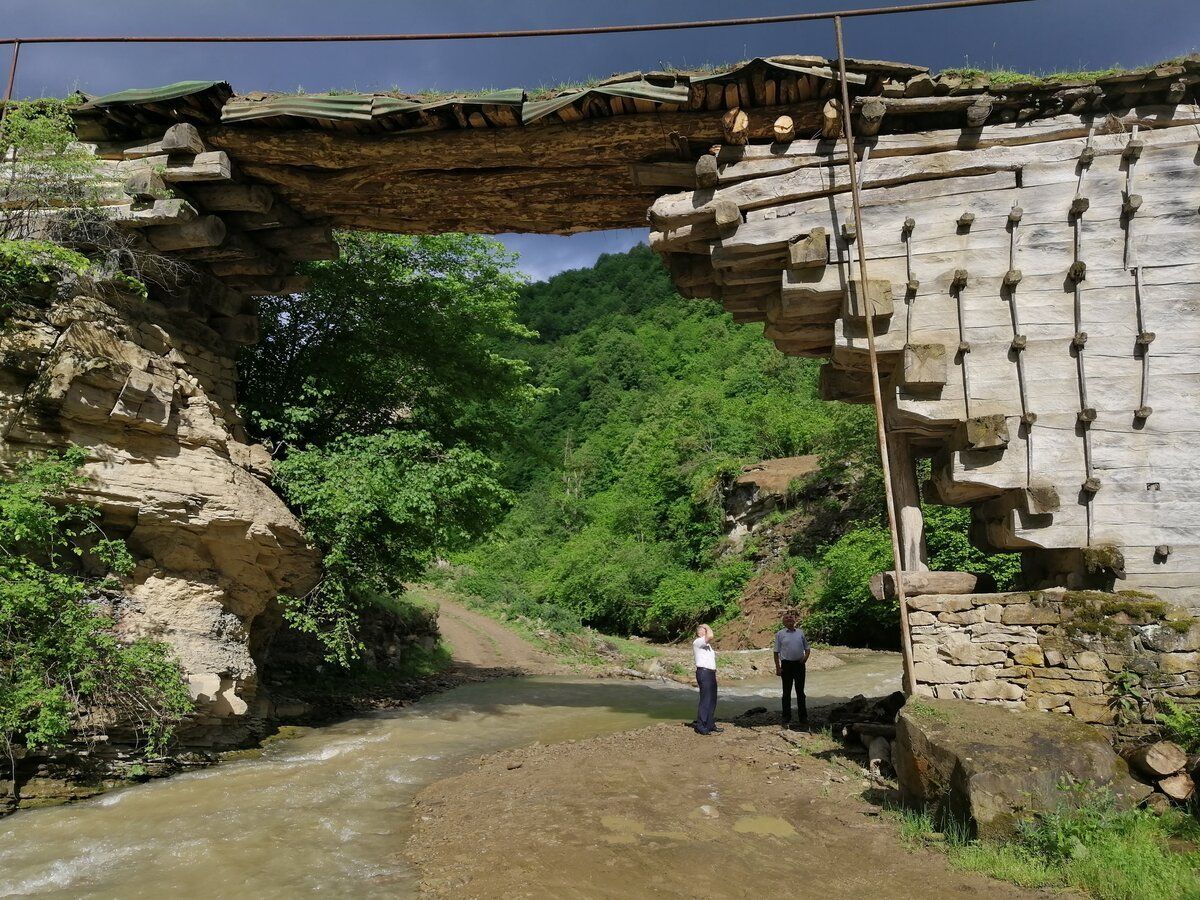
The bridge in question, located in the Tabasaran region of Dagestan, stands as a testament to the ingenuity of its builders. According to local legend, the bridge has been standing for centuries, far longer than the 200 years suggested by skeptics. This discrepancy highlights the deep historical roots that locals attribute to the bridge, which they believe has been a part of their heritage for up to 800 years.
A Nail-Free Masterpiece
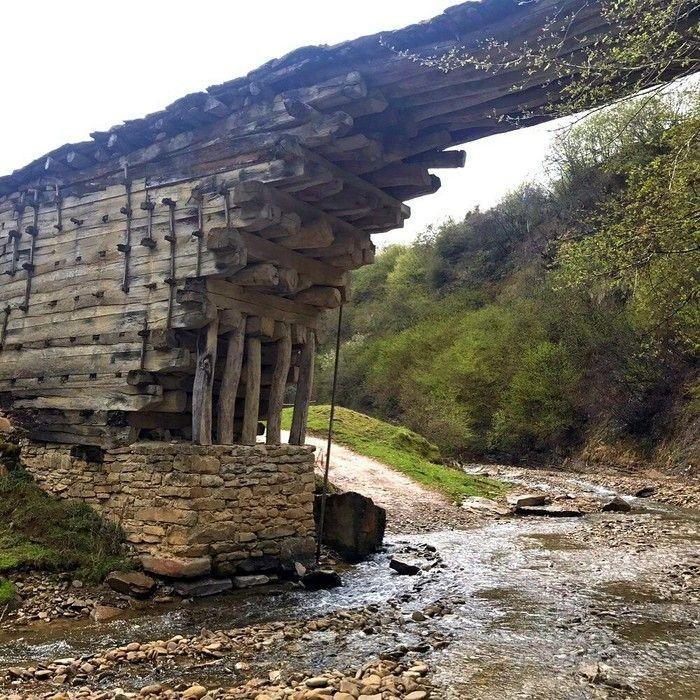
One of the most intriguing aspects of this bridge is that it was built entirely without nails. Constructed using only wooden logs and thick beams, the structure relies on traditional building techniques that have been passed down through generations. The absence of nails is a testament to the craftsmanship and resourcefulness of the builders, who used only the materials available to them: wood and stone.
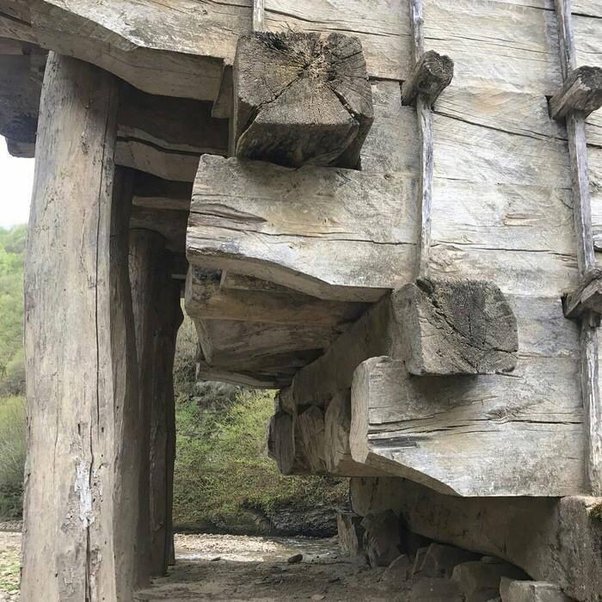
A metal bracket visible on one side of the bridge is a later addition and does not serve a functional purpose. Its presence is a mystery, as it was added after the bridge was originally constructed, but it does not detract from the bridge’s impressive design and functionality.
The Structural Integrity of the Bridge
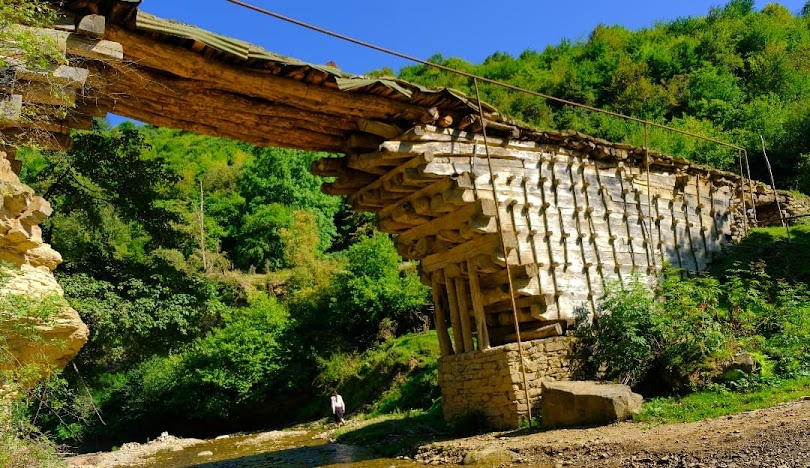
Despite being built without nails, the bridge has proven to be incredibly reliable and sturdy. Local residents recall that the bridge has withstood the weight of heavy carts pulled by bulls in the past. Even today, it can comfortably support the weight of a passenger car, demonstrating the durability of its design.
The bridge’s design is both grand and functional. Standing at a height of 10 meters, it has been a crucial part of the local infrastructure, facilitating transportation across rugged terrain. The bridge’s ability to endure through the ages is a remarkable feat of engineering, showcasing the skill and expertise of its builders.
The Tabasaran People and Their Legacy
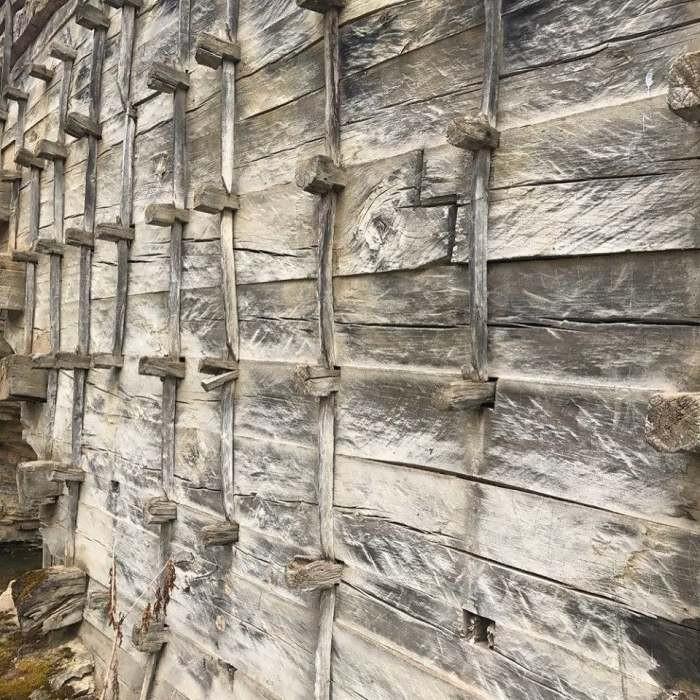
The bridge was constructed by the Tabasarans, an ethnic group native to the region. The origins of the Tabasaran people are a subject of debate, with some researchers suggesting an Iranian background while others believe they have roots in Caucasian Albania. Regardless of their origins, the Tabasarans are known for their skills in various crafts and their contributions to local agriculture and cattle breeding.
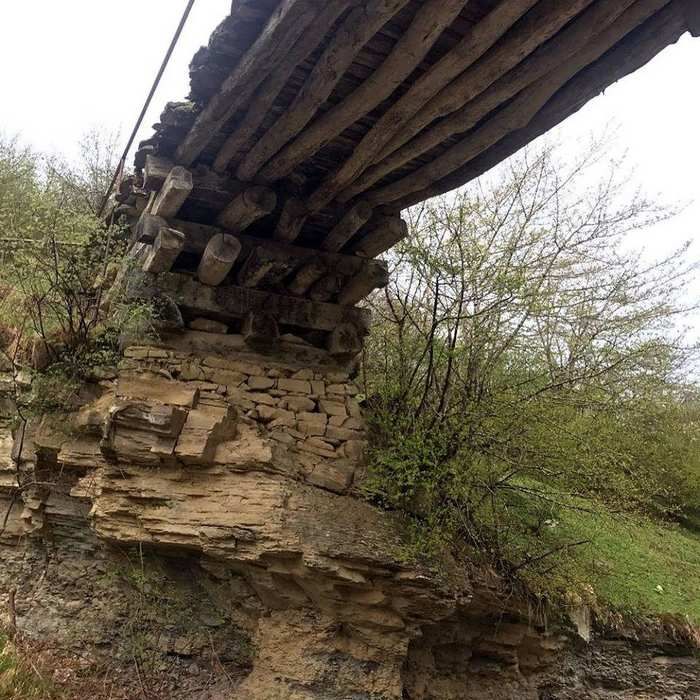
The region where the bridge is located, Tabasaran, is renowned for its dense forests. With half of the territory covered in woodland, the architects who built the bridge had an ample supply of building materials at their disposal. This abundance of resources likely played a significant role in the bridge’s construction and longevity.
Conclusion
The wooden bridge in Dagestan stands as a remarkable example of traditional craftsmanship and resilience. Built without nails and enduring through centuries, it is a symbol of the ingenuity of the Tabasaran people and their ability to adapt their skills and materials to create a lasting legacy. As both a historical and architectural marvel, this bridge continues to captivate the imagination of those who encounter it, offering a glimpse into a bygone era and the enduring strength of human ingenuity.
